Features > Property News & Insights > Market updates
Westpac lifts forecasts as cash buyers & low supply fuel market surge
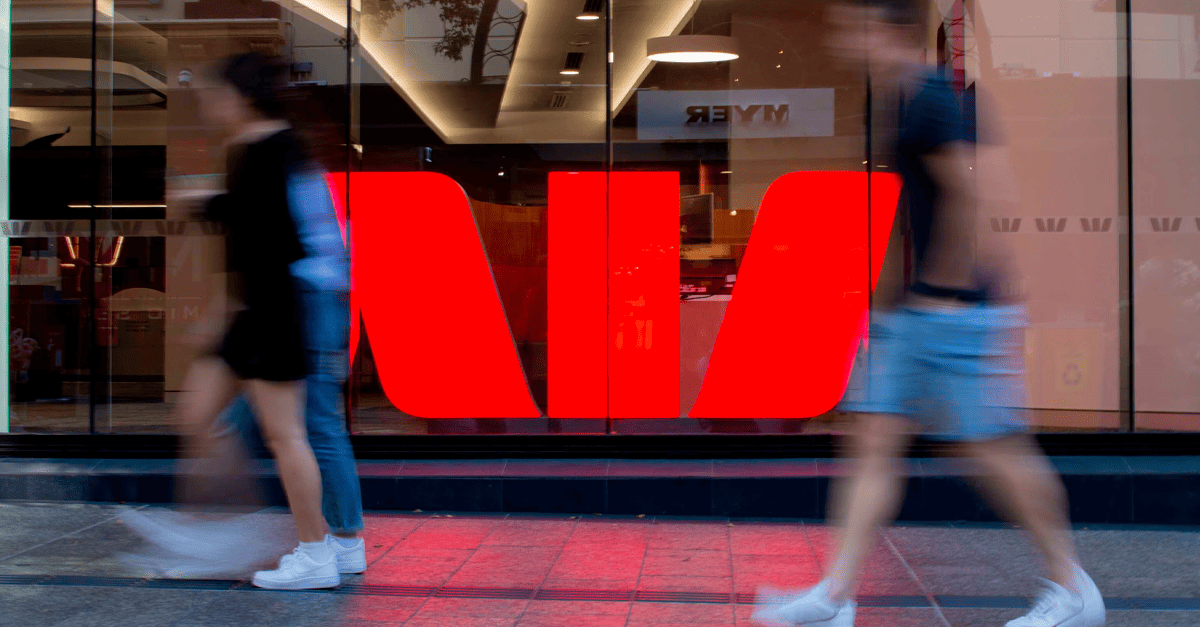
Image from ABC News/Sarah Motherwell
KEY POINTS
- Westpac now forecasts home prices up 6% in 2025 (from 3% in May) and 9% in 2026, with Melbourne leading at 10% next year as pent-up demand is unleashed
- The bank says strong auction clearance rates, low listing levels and buyer confidence from recent RBA rate cuts are fuelling price growth
- Westpac says affordability constraints may have been overstated, with cash purchases rising — driven by retirees using superannuation and younger buyers receiving family support
Australia’s second largest bank has upgraded its housing price growth forecasts, pointing to an extremely tight supply of homes for sale as more confident buyers head into the traditionally busy Spring selling season.
Westpac has released its latest “Housing Pulse” publication, saying it now expects national home price growth of 6% this calendar year, accelerating to 9% in 2026, with Melbourne leading the way with an extremely strong 10%.
The bank says it also may have overestimated the so-called “affordability constraints” which many analysts believe could slow home price growth.
Westpac says this is probably because of an underestimation of the number of retirees out in force in the property market, drawing down on large super savings to make “cash” purchases plus the large number of property transactions involving “intergenerational support”.
In other words, more help for younger buyers from the so-called “Bank of Mum and Dad”.
The details
Nationally, Westpac says Reserve Bank of Australia interest rate cuts are driving a lift in housing prices.
The bank says it expects this will see the property market surge 6% this year (its earlier prediction in May was only 3%), with growth accelerating in 2026 to 9%, before affordability constraints start to bite late next year.
It says its upgraded forecast for dwelling price growth reflects “the significantly stronger signal coming from current conditions, including prices, auction clearance rates and materially tighter ‘on market’ supply.”
Westpac Senior Economist Matthew Hassan says there’s been “a discernible shift in Australia’s housing market” since the last Housing Pulse publication in May.
“Buyers are perking up, price growth has lifted, auction clearance rates are rising and supply is tightening,” he says.
Mr Hassan says Westpac’s ‘time to buy a dwelling’ index surged a further 10% in August 2025, buoyed by a third 0.25% interest rate cut from the RBA “and a clearer signal that some further easing can be expected.”
“Price expectations remain bullish and unemployment expectations point to little concern about jobs.”
He also points to finalised auction clearance rates lifting to around 70% in Sydney and Melbourne, price growth nationally ticking up to a 0.6-0.8% monthly pace and a shortage of homes for sale.
“At the moment, there are about 68,000 dwellings listed (for sale) across Australia's major capital city markets.
“That's down from a year ago, and that amounts to about two and a half months of sales supply.”
Matthew Hassan says across Australia’s major cities, the normal level of homes for sale is actually about three and a half months supply.
“If we get another 10, 15% rise in turnover and no lift in listings, we're going to be into some really uncharted territory as far as tightness in the market, and we could….sparks may fly as we head into the Spring selling season,” he says.
As for the supply of new homes, Westpac’s Matthew Hassan says building approvals are “running ahead of expectations with even some lift in ‘higher density’ building starting to show through.”
“But a meaningful increase in dwelling completions is still a long way off,” he says.
“We have raised our forecasts for approvals, but the lift in completions is still not expected to land until late 2026 with a risk that it arrives later,” he says.
Melbourne
Key to next year’s predicted 9% growth will be the performance of Melbourne.
While price growth has been muted in the Victorian capital for several years, Westpac says the city is recovering more slowly than initially expected.
It says on-market supply of homes for sale is not as tight as other cities, but it believes “prices can run a lot further.”
As a result, Westpac is predicting 4% growth for Melbourne home prices this year, before more than doubling to 10% next year as pent-up demand turns into a boom.
“Having significantly underperformed over the last two growth cycles, Melbourne has more scope than other markets to sustain price rises,” Westpac’s Housing Pulse states.
Sydney
Sydney is also expected to put in a strong performance, with 5% growth this year quickening to 8% in 2026, although Westpac points out the high starting point for prices in the expensive Harbour City “limits scope for gains”.
Nevertheless, using Cotality figures, this would see the median home price in Sydney sit just under an eyewatering $1.35 million dollars by the end of 2026.
Other capitals
The medium sized capitals - Brisbane, Perth and Adelaide - which saw extremely strong growth in 2023 and 2024, are tipped to slow to more sustainable levels.
Brisbane will see home price growth moderate from 11.4% in 2024 to 7% this year, before ticking up to 8% gains in 2026.
Perth, which chalked up extraordinary price growth of 18.4% in 2024, will moderate to 8% this year and in 2026.
The bank says that although affordability in the WA capital is “very stretched”, buyers, especially investors, seem “unfazed.”
“More gains ahead” is its verdict.
Westpac says Adelaide’s “period of exceptional growth has run out of puff”, with price growth moderating sharply from 13.5% last year to just 5% in 2025, before a slight uptick to 6% in 2026.
As for Hobart, Westpac’s Housing Pulse declares that the Tasmanian capital is seeing “no uplift from migration”.
However with “affordability still poor but supply now tightening”, Westpac expects to see a turnaround in last year’s slightly negative growth (-0.2%) to an anaemic 3% in 2025, before a slight pick up to 4% in 2026.
More cash purchases
While tighter supply and better than expected consumer confidence around home purchases may be lifting prices more than earlier thought, Westpac’s latest Housing Pulse report indicates the bank believes so-called “affordability constraints” limiting home price growth may have been overestimated.
“Our upgrade to the medium term view reflects what is increasingly looking like a structural shift in homebuyer funding,” the bank says.
“The portion of purchases that are not being financed by new loans has risen substantively over the last decade from an average of 20% over the five years prior to COVID to closer to 30% over the last five years.”
In fact, the chart above shows the value of total cash purchases currently nudging 40%.
“This likely reflects a few dynamics, including retirees drawing on super to make cash purchases.”
However, the bank also says this reflects “the increasing prevalence and size of intergenerational support for first-home buyers,” a trend that is “evident in all states except Victoria.”
“We now expect this pattern to continue, meaning stretched affordability will take a little longer to ‘bite’ on demand, allowing for slightly stronger price growth,” Westpac says.
In other words, big banks like Westpac and other economic forecasters have probably underestimated the ability of younger Australians to draw on the so-called “Bank of Mum and Dad” to help them fund housing purchases.
It also seems to indicate the scale of “intergenerational” assistance younger Australians are getting to help purchase homes may have been larger than first thought, and possibly explains why home price growth has been stronger than many anticipated.
Stay Up to Date
with the Latest Australian Property News, Insights & Education.




.png?width=292&height=292&name=Copy%20Link%20(1).png)
 SIGN UP FOR FREE NEWSLETTER
SIGN UP FOR FREE NEWSLETTER
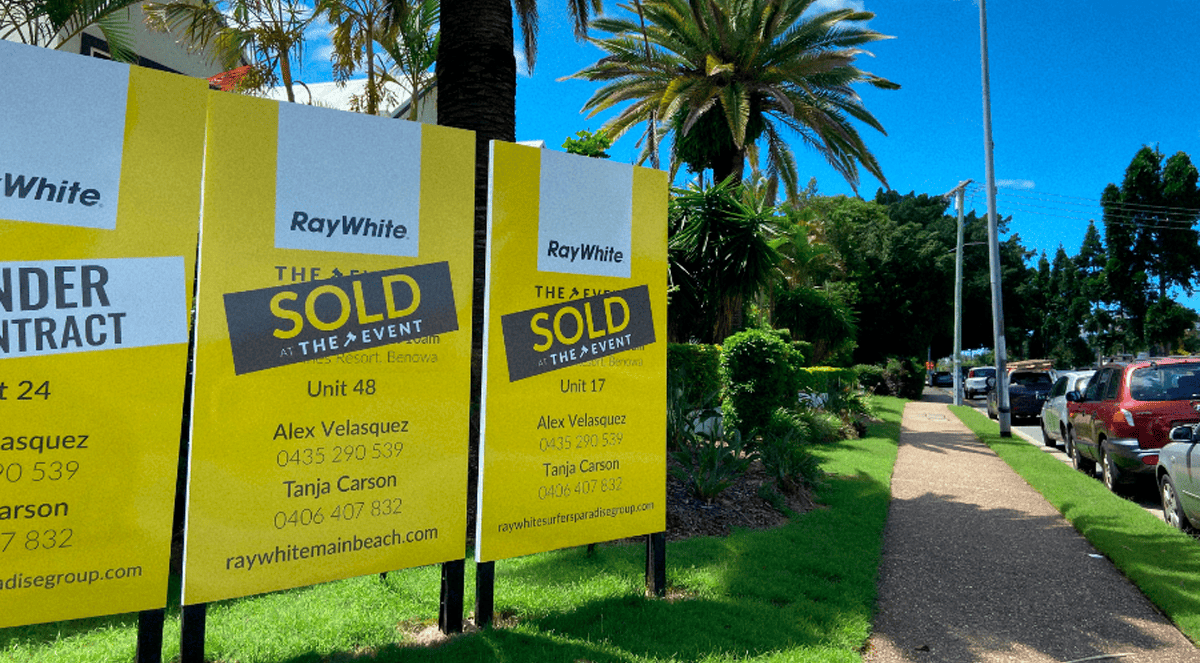
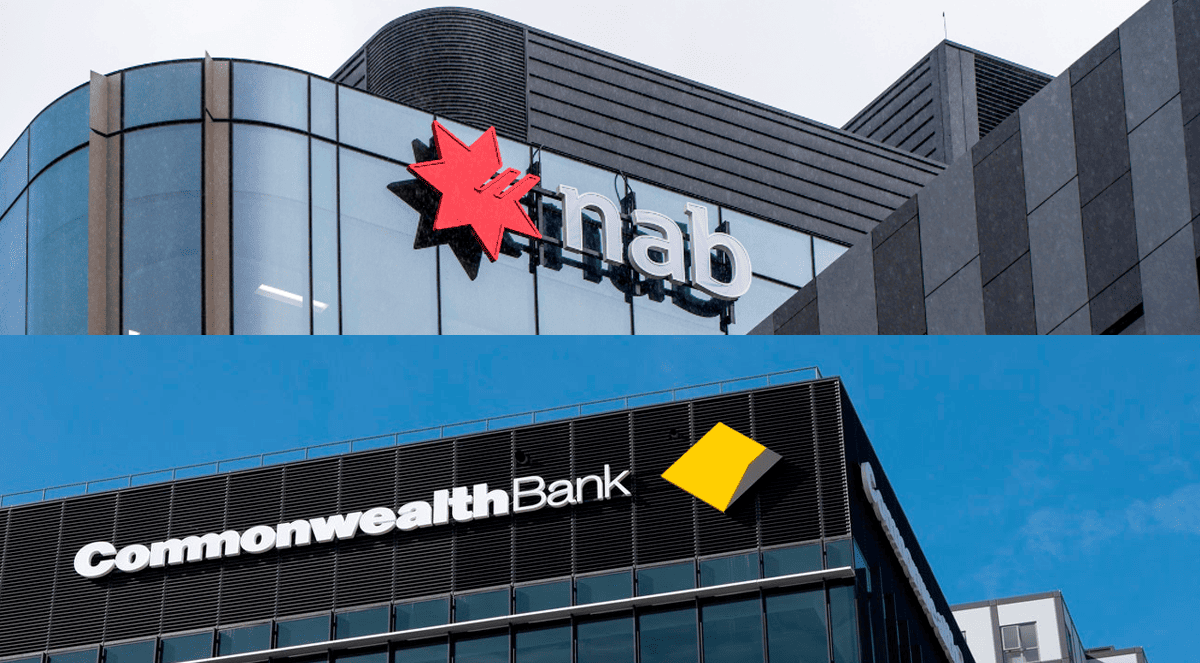
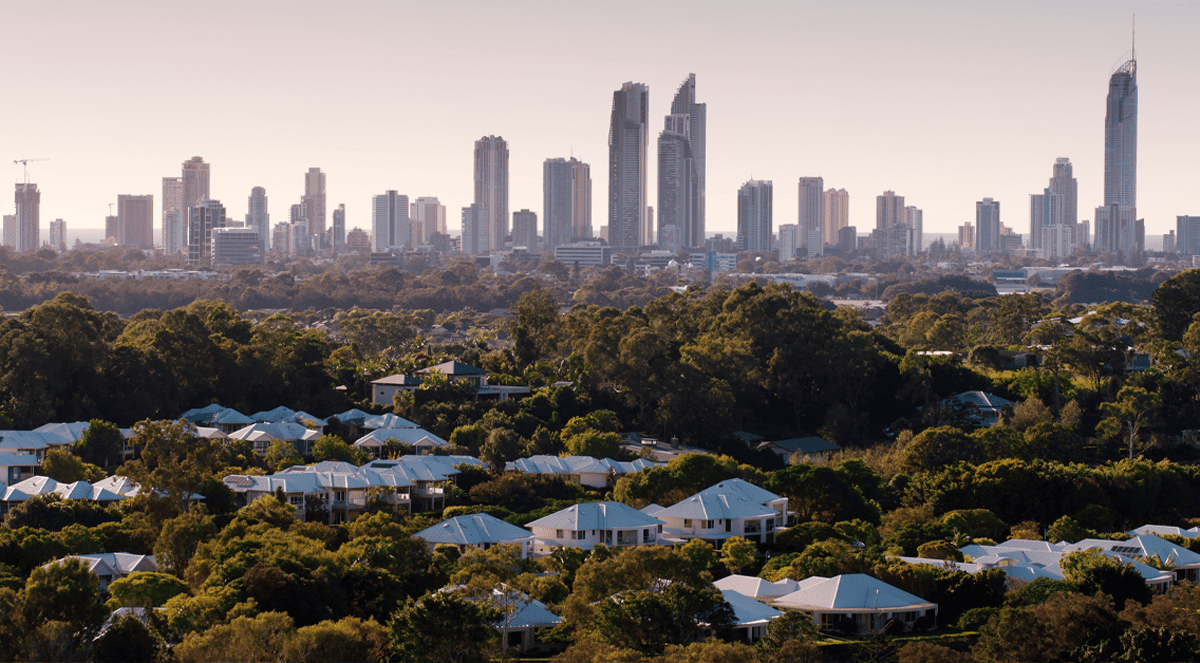
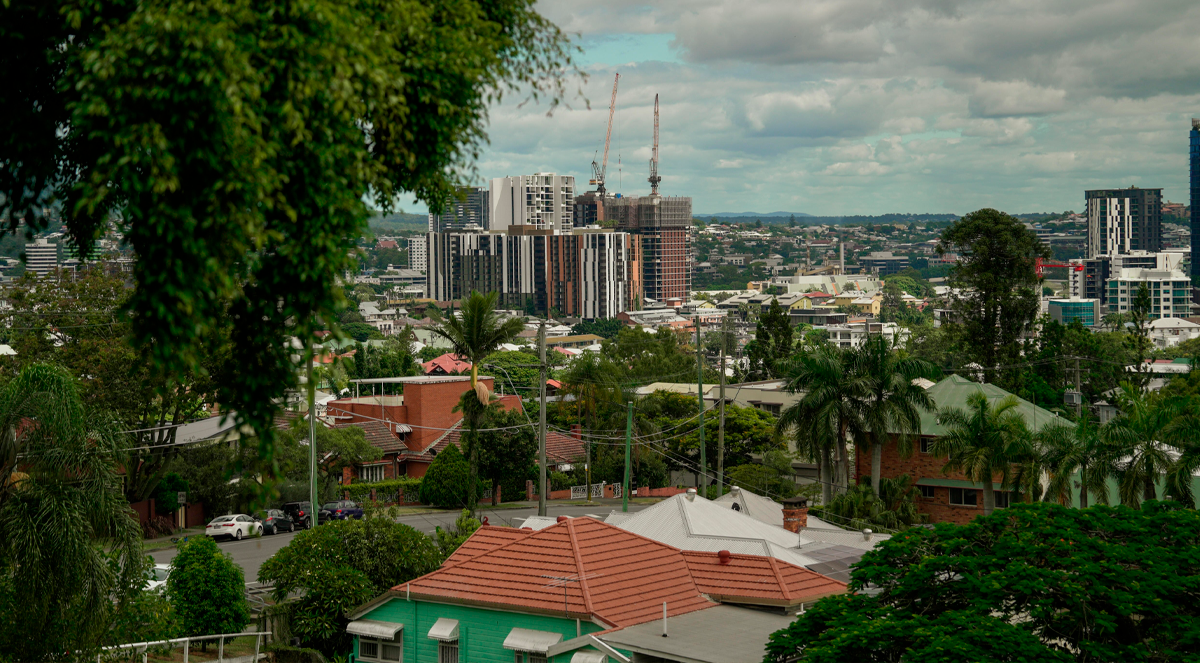
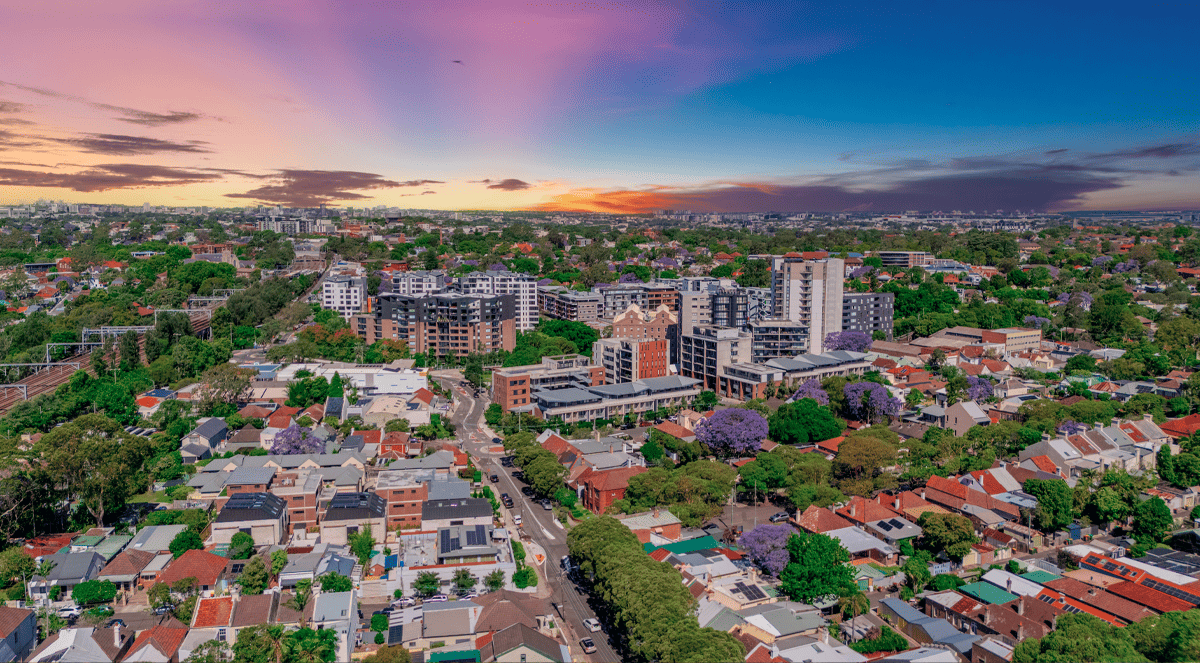
.jpg?width=1920&height=1080&name=Warning%2c%20You%20Might%20Be%20Facing%20Higher%20Taxes%20Soon%20(1).jpg)





.png?width=1920&height=1080&name=Rate%20Drops%20Signal%20BIGGEST%20Property%20Boom%20in%20DECADES%20(1).png)

.jpg?width=1920&height=1080&name=Labor%20vs%20Liberal%20These%20Housing%20Policies%20Could%20Change%20the%20Property%20Market%20Forever%20(1).jpg)
.jpg?width=1920&height=1080&name=QLD%20Slashes%20Stamp%20Duty%20Big%20News%20for%20Investors%20%26%20Home%20Buyers%20(1).jpg)
.jpg?width=1920&height=1080&name=Trump%20Just%20Slapped%20Tariffs%20%E2%80%93%20Here%E2%80%99s%20What%20It%20Means%20for%20Australia%20(1).jpg)
.jpg?width=1920&height=1080&name=Federal%20Budget%202025%20More%20Debt%2c%20No%20Housing%20%E2%80%93%20Here%E2%80%99s%20What%20You%20Need%20to%20Know%20(1).jpg)
.jpg?width=1920&height=1080&name=Australias%20Housing%20Crisis%20is%20about%20to%20get%20MUCH%20Worse%20(New%20Data%20Warns).jpg)
%20(1).jpg?width=1920&height=1080&name=Australias%20RENTAL%20CRISIS%20Hits%20ROCK%20BOTTOM!%20(2025%20Update)%20(1).jpg)
%20(1).png?width=1920&height=1080&name=Is%20Adelaide%20Still%20a%20Good%20Property%20Investment%20(2025%20UPDATE)%20(1).png)
.jpg?width=1920&height=1080&name=RBA%20Shocks%20with%20Rate%20Cuts!%20What%E2%80%99s%20Next%20for%20Property%20Investors%20(1).jpg)
%20(1).jpg?width=1920&height=1080&name=I%20Predict%20The%20Feb%20Rate%20Cut%20(My%20Price%20Growth%20Prediction)%20(1).jpg)
.png?width=1920&height=1080&name=Why%20Property%20Prices%20Will%20Rise%20in%202025%20Market%20Predictions%20(1).png)
.jpg?width=1920&height=1080&name=Why%20Investors%20Are%20Choosing%20Apartments%20Over%20Houses%202%20(1).jpg)
.jpg?width=1920&height=1080&name=Why%20Rate%20Cuts%20Will%20Trigger%20A%20Property%20Boom%20(1).jpg)
.jpg?width=1920&height=1080&name=Retire%20On%202Million%20With%20One%20Property%20(Using%20SMSF).jpg)
.jpg?width=1920&height=1080&name=4%20Reasons%20Why%20You%20Should%20Invest%20in%20Melbourne%20Now%20(1).jpg)
%20(1).jpg?width=1920&height=1080&name=Old%20Property%20vs%20New%20Property%20(Facts%20and%20Figures%20Revealed)%20(1).jpg)
%20(1).jpg?width=1920&height=1080&name=Will%20The%20New%20QLD%20Govt%20Create%20a%20Property%20Boom%20or%20Bust%20(My%20Prediction)%20(1).jpg)
%20Scott%20Kuru%20(1).jpg?width=1920&height=1080&name=Inflation%20Hits%20Three-Year%20Low%20(Will%20RBA%20Cut%20Rates%20Soon)%20Scott%20Kuru%20(1).jpg)
.jpg?width=1920&height=1080&name=How%20to%20Buy%20Investment%20Property%20Through%20SMSF_%20The%20Ultimate%20Guide%20(1).jpg)
.jpg?width=1920&height=1080&name=Victoria%20Slashes%20Stamp%20Duty%20Melbourne%20Set%20to%20Boom%20Scott%20Kuru%20(1).jpg)
.png?width=1571&height=861&name=Are%20Foreign%20Buyers%20Really%20Driving%20Up%20Australian%20Property%20Prices%20(1).png)
.jpg?width=1920&height=1080&name=The%20Single%20Factor%20That%20Predicts%20Property%20Growth%20Regions%20(1).jpg)
%20Scott%20Kuru%20(1).jpg?width=1920&height=1080&name=My%20Prediction%20On%20Rates%20%26%20Negative%20Gearing%20(Market%20Crash)%20Scott%20Kuru%20(1).jpg)

-1.png?width=1920&height=1080&name=Major%20Banks%20Cut%20Rates%20Will%20RBA%20Follow%20Suit%20(Sept%20Rate%20Update)-1.png)
%20Scott%20Kuru-1.png?width=1920&height=1080&name=Rate%20Cut%20Coming%20What%20New%20Zealands%20Move%20Means%20for%20Australia%20(Sept%20Prediction)%20Scott%20Kuru-1.png)
%20(1).jpg?width=1920&height=1080&name=Buy%20when%20the%20interest%20rates%20are%20high!%20(Why%20you%20must%20buy%20now!)%20(1).jpg)
.jpg?width=1920&height=1080&name=Carms_Revised%20Taxes%20Due%20Aug%209%20YT%20Thumbnail02%20(1).jpg)
.jpg?width=1920&height=1080&name=Carms_Too%20Little%20Too%20Late%20Aug%207%20YT%20Thumbnail01%20(1).jpg)









.jpg?width=1920&height=1080&name=Carms_Rate%20Drop%20In%20July%20Jun%2010%20YT%20Thumbnail02%20(1).jpg)
.jpg?width=1920&height=1080&name=Carms_Own%20a%20Property%20V6%20Jun%205_YT%20Thumbnail%20(1).jpg)









.png?width=1920&height=1080&name=Artboard%201%20(3).png)






.jpg?width=1920&height=1080&name=YT%20thumbnail%20%20(1).jpg)

